The decline in UK commercial vehicle manufacturing has been long and vicious over the last year or so — output fell by 31% in September 2014 compared to September 2013, for example.
There were some signs of hope in October, when the fall in output was just 8.9%, but this month’s figures suggest the decline caused by plant closures and restructuring is finally over: CV manufacturing output fell by just 0.7% in November, according to the latest figures from the Society of Motor Manufacturers and Traders (SMMT).
What’s more, the strong growth in domestic demand for UK-built CVs continued: October saw a rise of 14.6%, which was followed in November by a rise of 12.4%. The figures suggest that only cratering demand in our export markets, mainly the EU, is preventing overall manufacturing output growth:
| CV manufacturing | Nov-13 | Nov-14 | % Change | YTD-13 | YTD-14 | % Change |
| Total | 7,121 | 7,073 | -0.7% | 82,947 | 65,054 | -21.6% |
| Home | 3,743 | 4,208 | 12.4% | 39,089 | 33,054 | -15.4% |
| Export | 3,378 | 2,865 | -15.2% | 43,788 | 32,000 | -26.9% |
| % export | 47.4% | 40.5% | 52.8% | 49.2% |
Data courtesy of SMMT (www.smmt.co.uk)
Mike Hawes, the SMMT’s chief executive, is pleased with the turnaround and believes it will continue into 2015:
“The signs remain positive for UK commercial vehicle production after many months of decline, with output in November almost level. The strong UK market is driving the turnaround, while export markets continue to struggle. We anticipate 2015 to be a better year as new models ramp up and the effects of last year’s restructuring no longer apply.”
Despite this optimism, it’s worth noting two points: firstly, EU demand isn’t showing any sign of picking up. Secondly, look how far output has fallen:
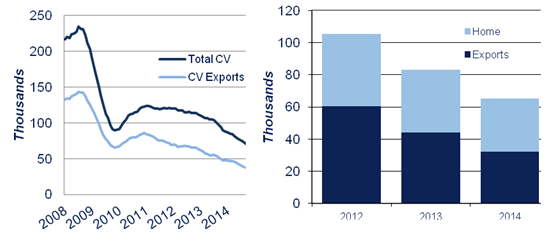
UK CV manufacturing output changes (courtesy of SMMT)
Output has fallen by around 70% from its 2008/9 peak: most of that production is unlikely to return. However, I’ve dwelt on this issue enough times before and will try to avoid mentioning it again, if this month’s positive trends continue!

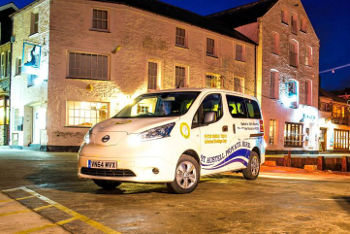
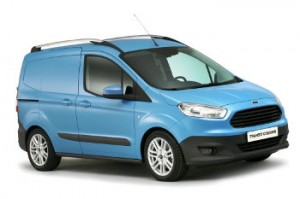
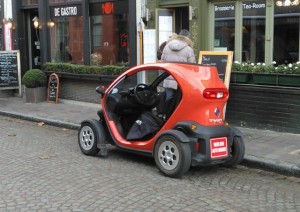
 I’m very pleased to welcome our newest advertiser, Strafford Self Drive of Brighton, to
I’m very pleased to welcome our newest advertiser, Strafford Self Drive of Brighton, to 
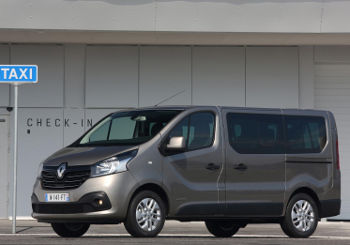
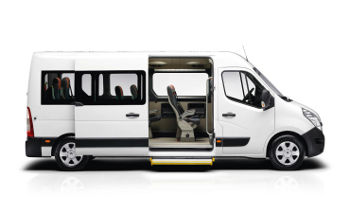
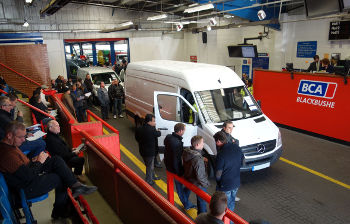
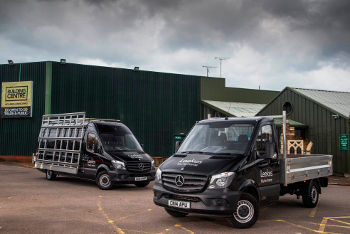 Yet
Yet 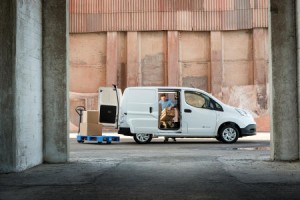
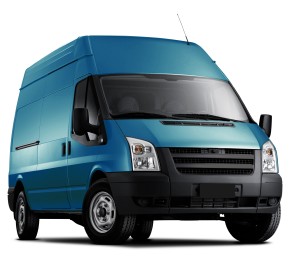 According to a new report from the British Vehicle Rental and Leasing Association (BVRLA), the impact of the vehicle rental and leasing sector on the UK economy was around £25bn in 2013, including £5.2bn in tax revenue.
According to a new report from the British Vehicle Rental and Leasing Association (BVRLA), the impact of the vehicle rental and leasing sector on the UK economy was around £25bn in 2013, including £5.2bn in tax revenue.